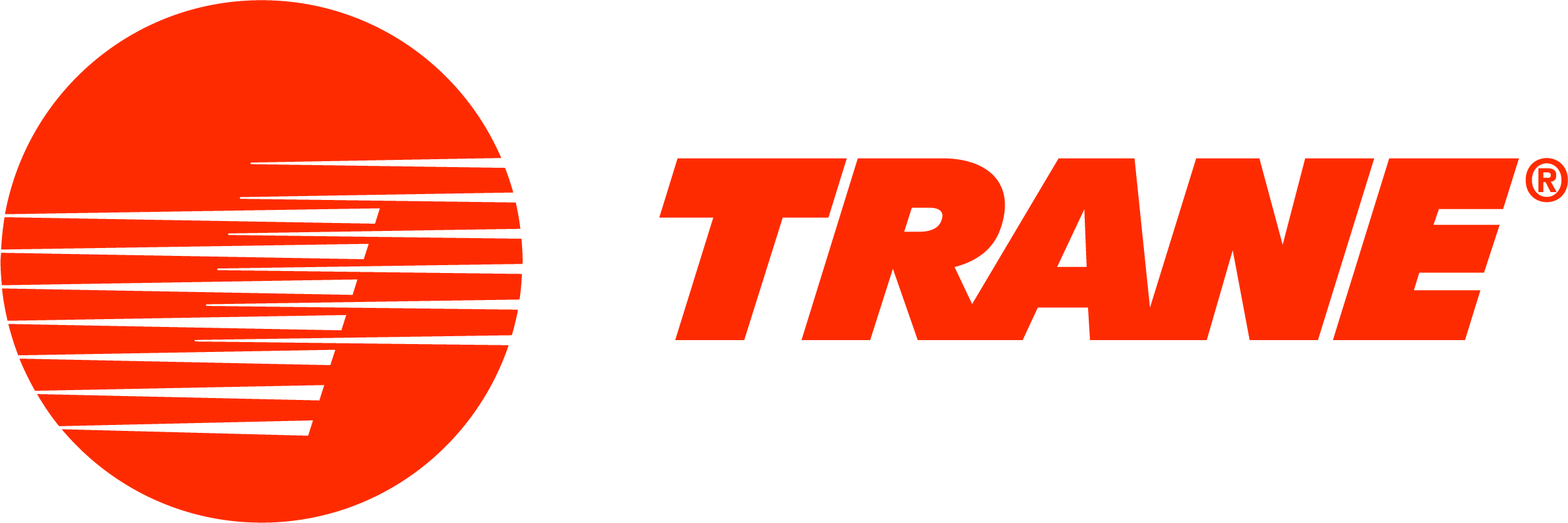The EPA prohibits “systems”, equipment charged in the field, to be installed one year after the manufacture deadline. The EPA allows "products", equipment charged in the factory, to be sold up to 3 years after manufacture deadline. The EPA is considering clarification on the difference between products and systems and may provide additional guidance by the end of 2024.
Our Approach
Supporting your transition to next-generation refrigerants.
Trane is helping the HVAC industry move to low-GWP refrigerants by holistically evaluating products and providing expert support. Our certified technicians and advanced leak detection solutions ensure compliance, safety, and optimized performance during your refrigerant transition.
-
The Right Refrigerant for Right Now
The HVAC industry is moving to next-generation refrigerants with less than 700 GWP, which can help to reduce GWP by 75%. By evaluating multiple low-GWP refrigerant choices, Trane can help deliver the performance properties you need.
-
Products Supporting Next-Generation Refrigerants
Trane holistically evaluates the hardware, lubrication, refrigerant and controls to closely replicate current performance with next-generation refrigerants.
-
Full Support for Your Refrigerant Transition
Trane’s fully certified mechanical service technicians will practice professional refrigerant handling in compliance with EPA section 608.
-
Leak Detection Monitoring
Early leak detection is critical for safety and sustainability. Leak detection monitoring is required in certain buildings per ASHRAE® 15. Trane offers refrigerant monitors that are easy to operate, and capable of sensing multiple refrigerant types.
FAQs

